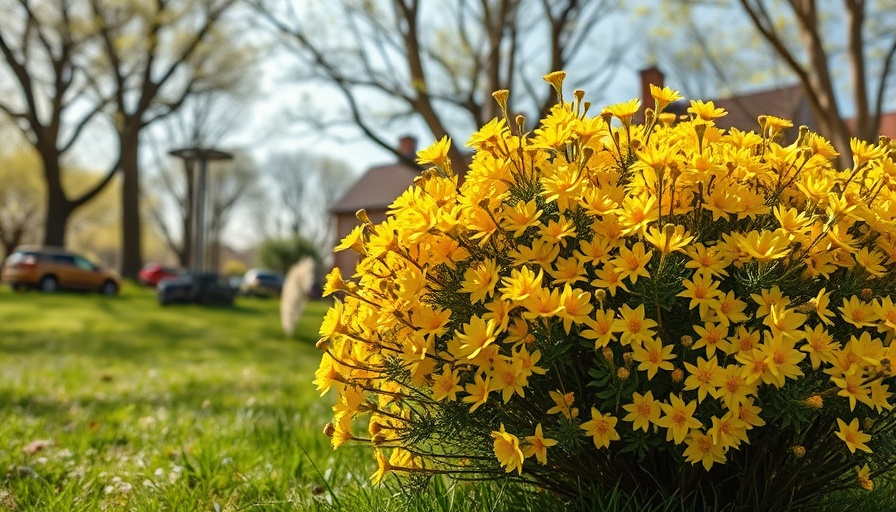
Understanding the Weeping Forsythia: A Charming Addition to Any Garden
The Weeping Forsythia (Forsythia suspensa) is a captivating shrub that enchants gardeners with its unique growth form and vibrant yellow blooms, typically appearing in the spring. Native to China and hardy in USDA Hardiness Zones 5 to 8, this woody shrub reaches heights of 6 to 10 feet. Its stunning arching canes not only create an attractive silhouette but also serve as a focal point in landscaping designs.
A well-timed planting of Weeping Forsythia can transform your backyard garden into a burst of color in the spring, making it an excellent choice for landscape projects. Before you begin growing this delightful shrub, let’s explore some essential gardening tips for successfully cultivating Weeping Forsythia.
Essential Plant Care for Weeping Forsythia
To achieve optimal growth and flowering, understanding how to care for Weeping Forsythia is crucial. This shrub thrives in full sun, so selecting a spot in your garden that receives ample sunlight each day is essential. Furthermore, the Weeping Forsythia prefers well-draining soil that is slightly acidic to neutral (pH 6.5-7.5). Regular watering will help establish a healthy root system, though overwatering should be avoided to prevent root rot.
Common Pests and Diseases to Watch For
Even the most robust plants can fall victim to pests and diseases. Common pests affecting Weeping Forsythia include aphids and scale insects, which can be controlled through natural organic gardening methods or insecticidal soap. Additionally, knowing the symptoms of fungal diseases will help you act quickly to maintain your shrub's health, ensuring it does not compete with other garden plants.
Landscaping Ideas to Showcase Weeping Forsythia
When integrating Weeping Forsythia into your garden design, creativity is key. These arching canes can dramatically accentuate pathways or serve as beautiful borders around vegetable gardens or flower beds. Consider planting them alongside companion plants, such as peonies or blooming annuals, to create a vibrant display. Their natural charm can also complement water features, enhancing the serenity of your outdoor space.
Propagation Tips for Weeping Forsythia
Growing your own Weeping Forsythia can be rewarding and cost-effective. This shrub can be propagated easily through cuttings or division. When taking cuttings, ensure that you select healthy, green stems from the parent plant during the growing season. Planting these cuttings in a well-draining medium and providing consistent moisture can lead to successful rooting, allowing you to expand your garden without purchasing new plants.
Conclusion: Embrace the Beauty and Benefits of Weeping Forsythia
The Weeping Forsythia is more than just a plant; it represents the beauty of spring and the opportunities for personal creativity in your gardening projects. With careful attention to care and placement, this shrub can bring life to your garden space for years to come. Consider adding this vibrant flowering plant to your gardening plans and watch as it transforms your landscape into a work of art.
Get started on your garden and embrace the joy of Weeping Forsythia today!
 Add Row
Add Row  Add
Add 




Write A Comment